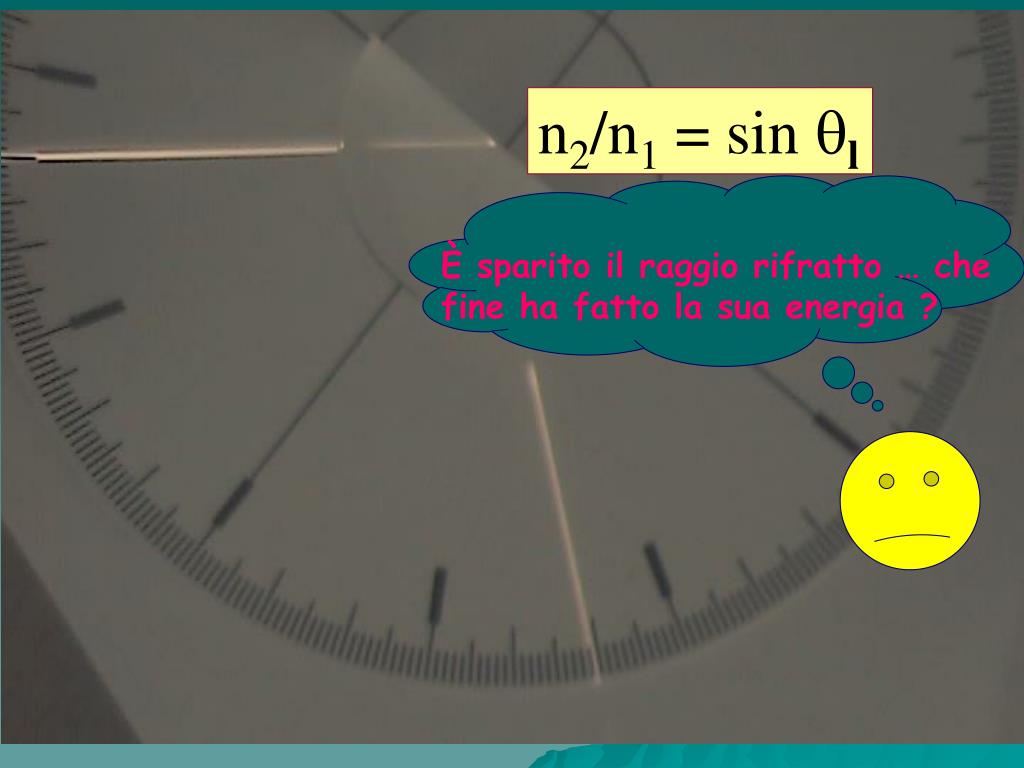

He also worked on the design of accurate clocks, suitable for naval navigation. Spring driven pendulum clock, designed by Huygens, built by instrument maker Salomon Coster (1657), and manuscript Horologium Oscillatorium, Museum Boerhaave, Leiden He also investigated the use of lenses as projectors and should be credited as the earliest inventor, developer and designer of the Magic Lantern rather than German scholar Athanasius Kircher who merely used much of Huygens research (often quite inaccurately) to document and publish on the subject. Huygens experimented with double refraction (birefringence) in Icelandic crystal ( calcite) and explained it with his wavetheory and polarised light. The interference experiments of Thomas Young vindicated Huygens' wave theory in 1801, as the results could no longer be explained with light particles (see however wave-particle duality). The later theory of light by Isaac Newton in his Opticks proposed a different explanation for reflection, refraction and interference of light assuming the existence of light particles.

Huygens is remembered especially for his wave theory of light, which he first communicated in 1678 to France's Royal Academy of Sciences and which he published in 1690 in his Treatise on light (see also Huygens-Fresnel principle). Furthermore, Huygens concluded that Descartes' laws for the elastic collision of two bodies must be wrong and formulated the correct laws. With m the mass of the object, v the velocity and r the radius. In 1659 Huygens derived the now well-known formula for the centripetal force, exerted by an object describing a circular motion, for instance on the string to which it is attached, in modern notation: Newton reformulated and generalized that law. Huygens formulated what is now known as the second law of motion of Isaac Newton in a quadratic form. Scientific work Mathematics Probability theoryĪfter Blaise Pascal encouraged him to do so, Huygens wrote the first book on probability theory, De ratiociniis in ludo aleae ("On Reasoning in Games of Chance"), which he had published in 1657. Huygens died in The Hague on 8 July 1695, and was buried in Grote Kerk. He attempted to return to France in 1685 but the revocation of the Edict of Nantes precluded this move. Huygens moved back to The Hague in 1681 after suffering serious illness. In 1684, he published "Astroscopia Compendiaria" which presented his new aerial (tubeless) telescope.

In 1678 he introduced Nicolaas Hartsoeker to French scientists such as Nicolas Malebranche and Giovanni Cassini. Using the Paris Observatory (completed in 1672), he made further astronomical observations. In the year 1666, Huygens moved to Paris where he held a position at the French Academy of Sciences under the patronage of Louis XIV. The Royal Society elected Huygens a member in 1663. French Academy of Sciences and Royal Society After a stint as a diplomat, Huygens turned to science. Christiaan studied law and mathematics at the University of Leiden and the College of Orange in Breda. Edelinck, between 16.Ĭhristiaan Huygens was born in April 1629 at The Hague, the second son of Constantijn Huygens, (1596–1687), a friend of mathematician and philosopher René Descartes, and of Suzanna van Baerle (deceased 1637), whom Constantijn had married on 6 April 1627. Cut from the engraving following the painting of Caspar Netscher by G. Huygens is seen as the first theoretical physicist as he was the first to use formulae in physics. He generally receives credit for his discovery of the centrifugal force, the laws for collision of bodies, for his role in the development of modern calculus and his original observations on sound perception (see repetition pitch). Huygens achieved note for his argument that light consists of waves, now known as the Huygens–Fresnel principle, which two centuries later became instrumental in the understanding of wave-particle duality. His work included early telescopic studies elucidating the nature of the rings of Saturn and the discovery of its moon Titan, the invention of the pendulum clock and other investigations in timekeeping, and studies of both optics and the centrifugal force. Christiaan Huygens, FRS ( English pronunciation: /ˈhaɪɡənz/, ( listen) (14 April 1629 – 8 July 1695) was a prominent Dutch mathematician, astronomer, physicist and horologist.


 0 kommentar(er)
0 kommentar(er)
